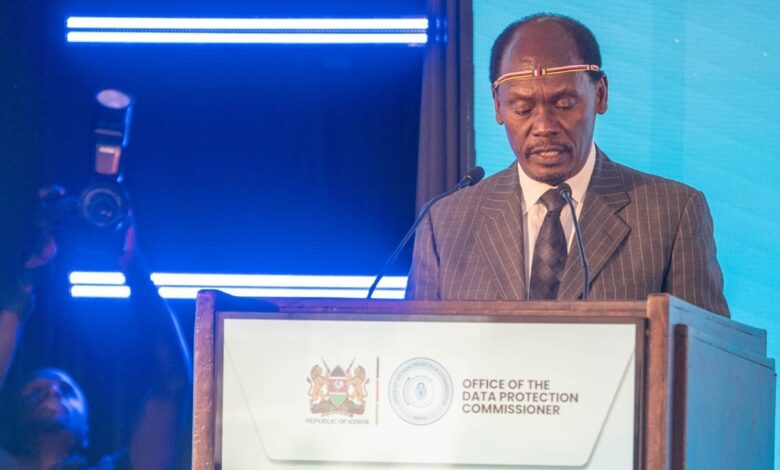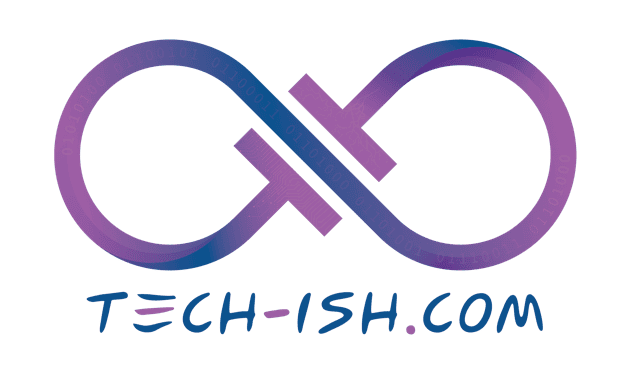
Insights At a Glance:
- The Kenyan government, via ICT Authority, floated a tender on June 17, 2025, to install Wi-Fi routers in 55 universities and TVETs as part of the Kenya Digital Economy Acceleration Project.
- While the move is a win for digital inclusion, Nyanza and Western regions received the least allocations—just 9 out of 55 institutions.
- This disparity sparks concerns about regional imbalance in national development projects, with suspicions of political bias in distribution.
The Government of Kenya has launched a new push to digitally uplift higher learning institutions across the country—this time with something every student dreams of: faster, campus-wide Wi-Fi.
In a fresh tender floated by the ICT Authority on June 17, 2025 alongside the government’s planned acquisition of surveillance tools to watch your every click on the internet, the government is seeking suppliers for the “Supply, Delivery and Installation of Wi-Fi routers and related goods” across 55 public universities and TVET institutions in Kenya. The move is part of the Kenya Digital Economy Acceleration Project (KDEAP), which is being funded by the World Bank under Credit Nos. 7289-KE and 7290-KE.
On the surface, it’s great news—especially for students who’ve been struggling to catch a signal strong enough to submit assignments, join Zoom classes, or just chill with a few episodes of their favorite show. But like all things in Kenya, the regional distribution of the project raises more than a few eyebrows.
What’s in the Deal?
The project is divided into four lots, each representing a regional cluster:
- Lot 1: 13 institutions in Coast and North Eastern
- Lot 2: 15 institutions in Nairobi, Central & Eastern
- Lot 3: 18 institutions in North Rift & South Rift
- Lot 4: Just 9 institutions in Nyanza and Western regions
Delivery and installation are expected to be completed within 4 calendar months from contract signing. Bids are due by July 31, 2025, meaning that—barring delays—students could start enjoying stronger internet connections by the end of 2025 or early 2026.
Who Wins? Who Gets Less?
The elephant in the room? The disproportionate allocation across regions.
While North and South Rift combined are getting 18 institutions upgraded, the entire Nyanza and Western bloc is only getting 9. That’s just 16% of the total, despite being a major academic and population hub. This includes areas like Kisumu, Kakamega, Kisii, Bungoma, and Siaya, which host tens of thousands of students.
And if you’re from these parts, like yours truly—you know this is not the first time the region has come up short. Political analysts might see this as part of the long-running trend where opposition-leaning regions historically get the shorter end of the infrastructure stick. Is it coincidence? Perhaps. But on paper, it certainly smells familiar.
Here’s a table showing the regional breakdown:
| Region | Lot | No. of Institutions | % Allocation |
|---|---|---|---|
| Coast & North Eastern | Lot 1 | 13 | 24% |
| Nairobi, Central & Eastern | Lot 2 | 15 | 27% |
| North Rift & South Rift | Lot 3 | 18 | 33% |
| Nyanza & Western | Lot 4 | 9 | 16% |
What Areas Will Be Covered?
The Wi-Fi routers aren’t just being thrown in randomly. The project document details specific campus zones earmarked for deployment:
- Admin Blocks
- Lecture Halls
- Libraries
- ICT Labs
- Hostels
This ensures the routers serve real academic and social hotspots—hopefully minimizing Wi-Fi dead zones on campus.
A Win… But for Who?
At its core, this is a win for digital inclusion. Better internet in universities and TVETs is a long-overdue step toward bridging the digital divide—especially for students from less affluent backgrounds.
But for Western and Nyanza, the math doesn’t quite math. And unless the government comes out to clarify the criteria behind the distribution, questions about equity, fairness, and politics will continue to swirl.

Bottom line?
Wi-Fi is coming, and that’s a good thing. But if you’re in Nyanza or Western Kenya, you might want to ask: why does “inclusion” always seem to skip us?


